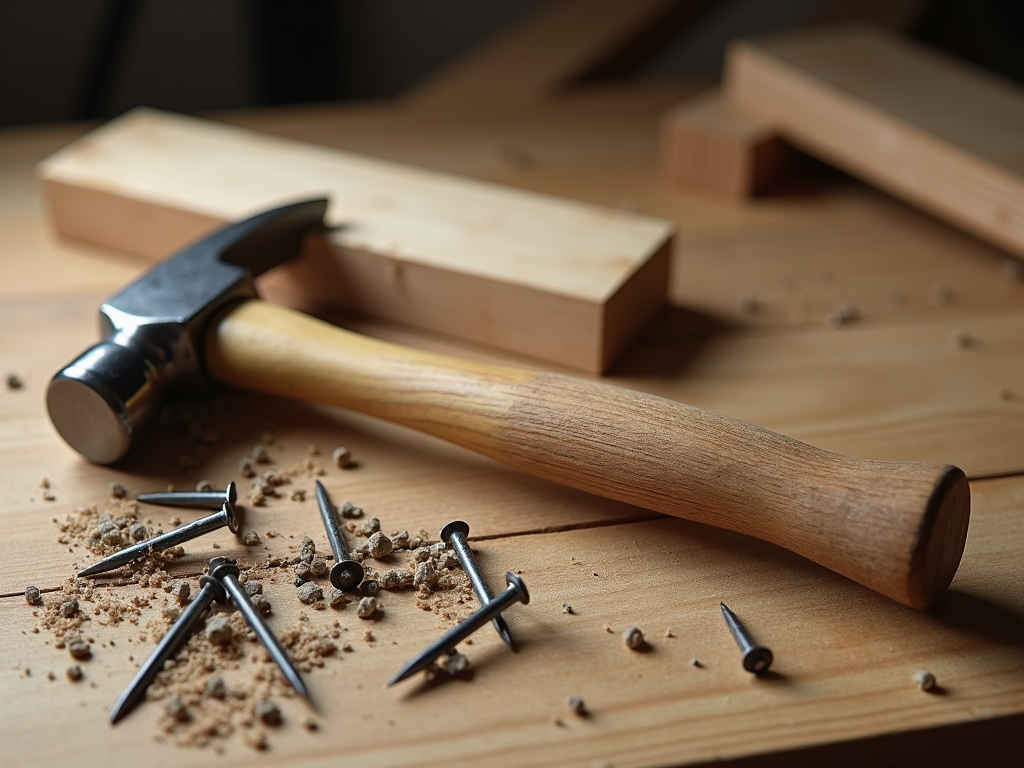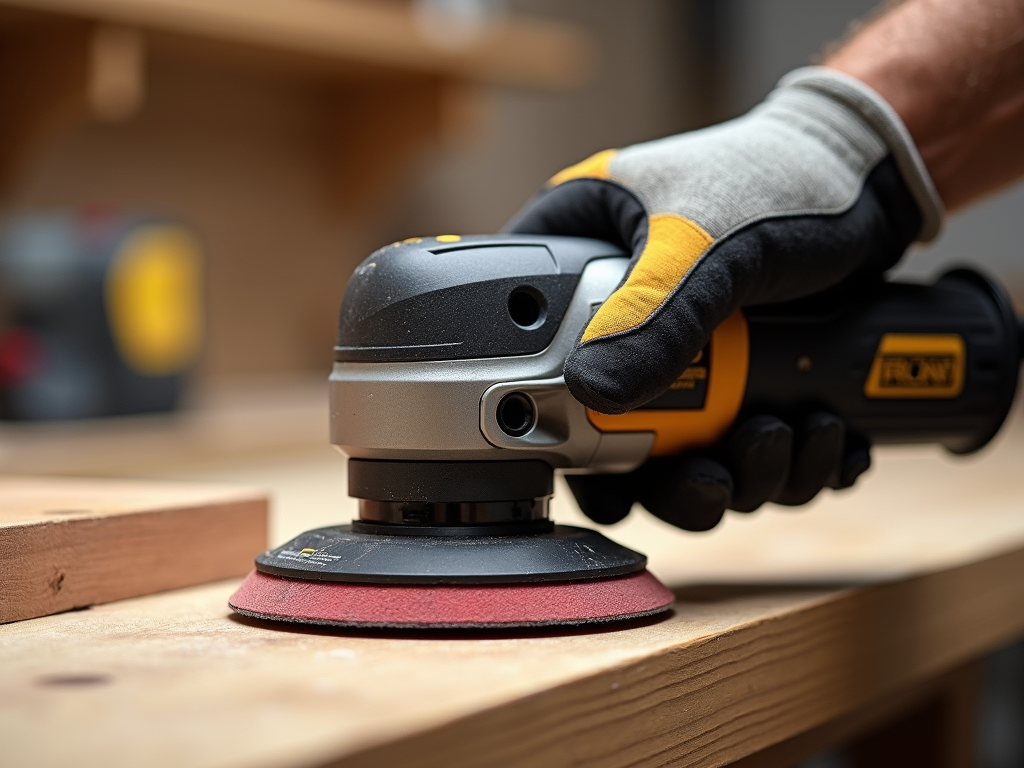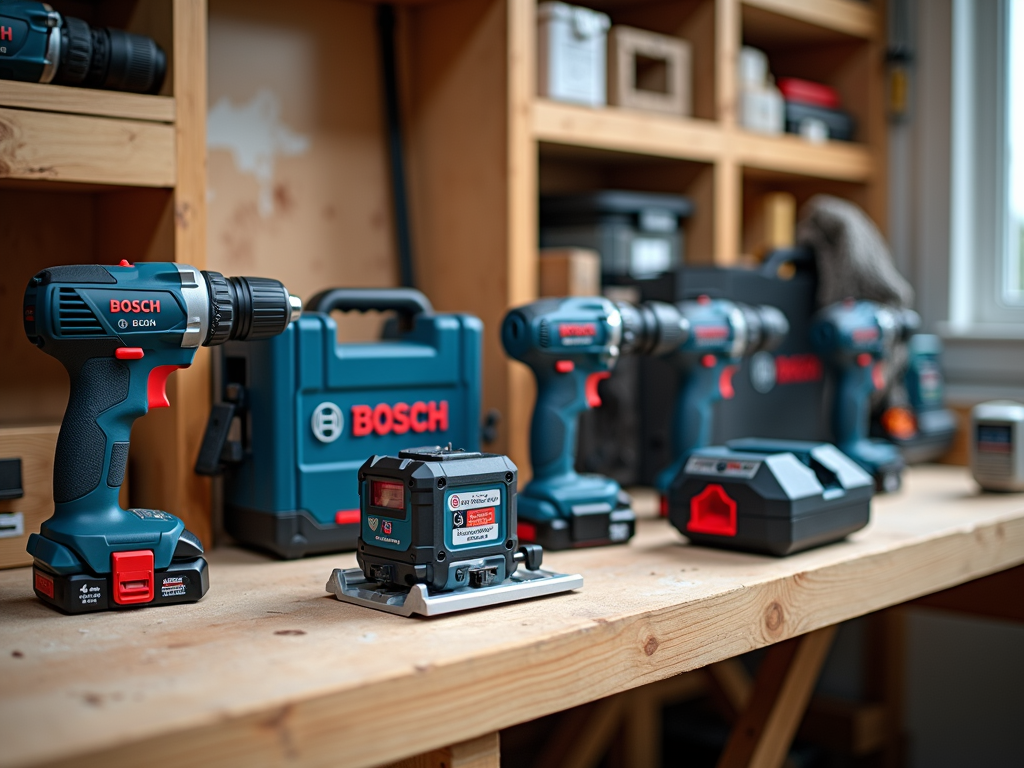Overview
Rotary tools are your secret weapon for tackling sanding, polishing, and even artistic projects. These compact power tools can smooth wood, shine metal, and help you craft detailed designs—think Studio Ghibli-inspired art! In this article, we’ll explore their magic and show you how to get started.
What Makes Rotary Tools Special?
Imagine a tool that’s like a Swiss Army knife for DIY and crafting. That’s a rotary tool. Unlike a bulky drill, these handheld powerhouses spin a variety of attachments at high speeds—up to 35,000 RPM! They’re perfect for sanding tight corners, polishing small objects, or even carving intricate patterns.
You’ve probably seen brands like Dremel or Ryobi in hardware stores. They come with interchangeable bits—sanding drums, polishing wheels, cutting discs—you name it. Whether you’re working with wood, metal, or glass, rotary tools for sanding and polishing adapt to your needs.
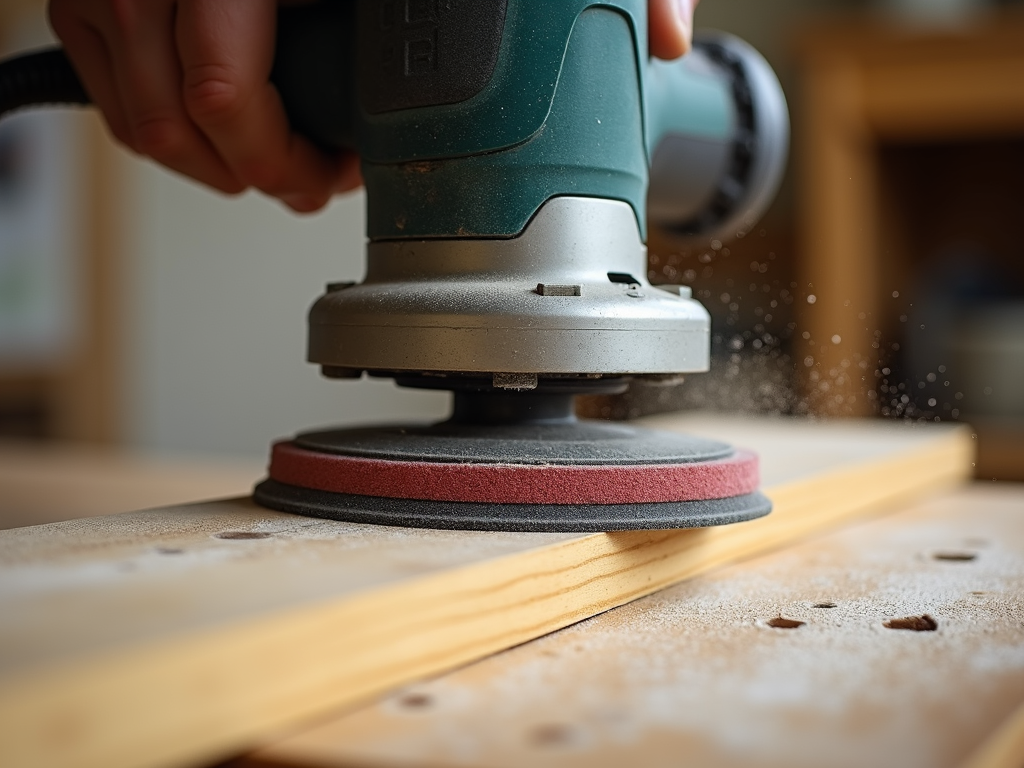
Mastering Sanding with Rotary Tools
Sanding can be a chore, but rotary tools make it a breeze. Need to smooth a jagged edge on a bookshelf? Or maybe strip paint off an old frame? Attach a sanding drum, and you’re good to go. These tools excel in spots where big sanders can’t reach.
Here’s how I do it: Start with a coarse grit—like 80—to knock down rough spots. Then, switch to finer grits, like 120 or 240, for that silky finish. The key is light pressure. Let the tool’s speed do the heavy lifting—pushing too hard just wears you out and risks gouging the surface.
Sanding Tips: - Wear safety glasses. Dust flies everywhere! - Use a dust mask. Your lungs will thank you. - Keep the tool moving to avoid uneven patches. - Swap out clogged sanding bands to keep things efficient.
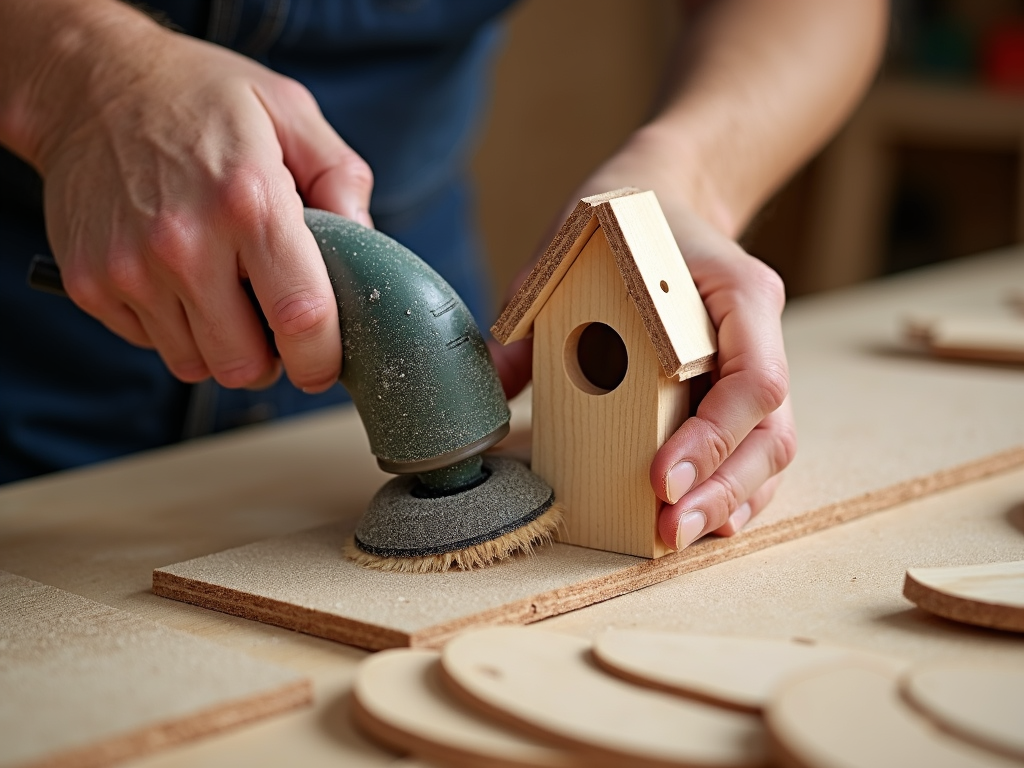
Polishing Like a Pro
Polishing with rotary tools is where things get fun. Got a scratched-up metal keychain? Or a dull wooden bowl? A polishing wheel or buffing pad can bring back the shine. It’s like giving your projects a glow-up.
Here’s my process: Pick a soft attachment—felt for metal, cotton for wood. Dab on some polishing compound (I like rouge for metal), set the speed low—around 5,000 RPM—and glide it over the surface in circles. Too fast, and you’ll burn the material. Slow and steady wins here.
Last week, I polished a brass pendant I’d made. It went from scratched and cloudy to mirror-like in 10 minutes. Patience is everything—rush it, and you’ll just smear compound everywhere.
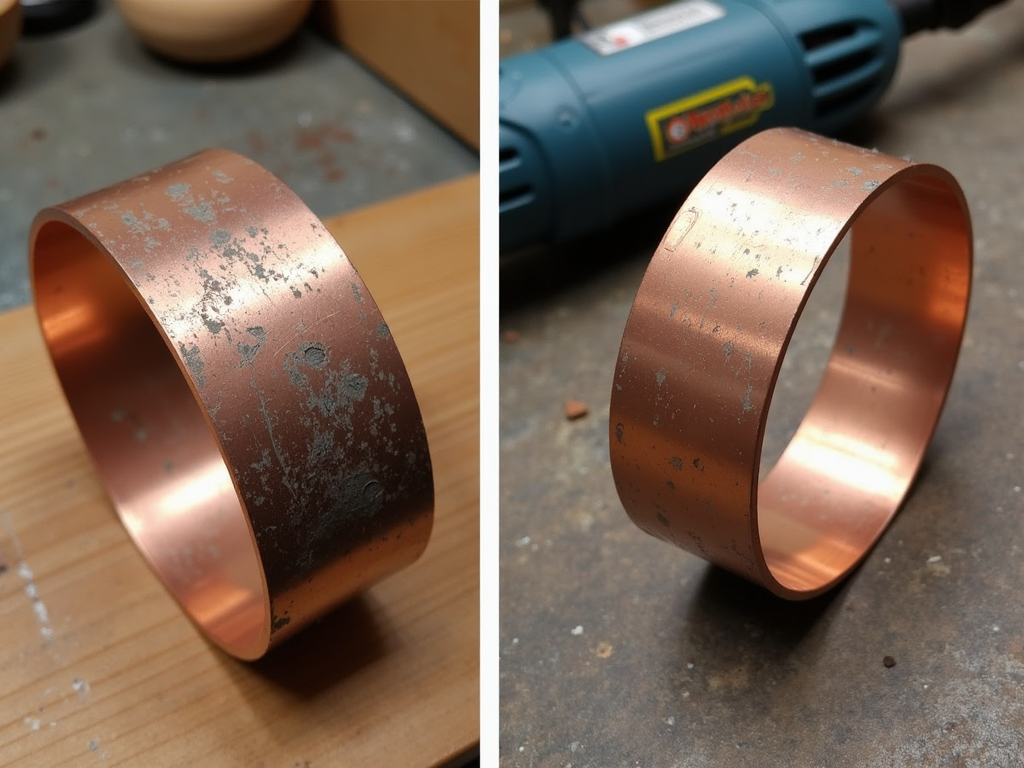
Why Rotary Tools Are a Crafter’s Dream
Rotary tools aren’t just for fixing stuff—they’re for creating. With a carving bit, I’ve etched swirls into wooden boxes. With a grinding stone, I’ve shaped glass edges for a mosaic. The control you get is unreal—perfect for detailed work.
One day, I decided to make a gift: a wooden Totoro figure from Studio Ghibli’s My Neighbor Totoro. I used a sanding drum to shape the body and a fine engraving bit for his eyes and whiskers. It took hours, but the result felt like it leapt off the screen.

Bringing Studio Ghibli Magic to Life
Studio Ghibli films—like Spirited Away or Howl’s Moving Castle—are bursting with texture and detail. Rotary tools let you mimic that in your crafts. Imagine polishing a glass bead to glow like the Kodama spirits or sanding a wooden panel to feel as smooth as the Catbus’s curves.
For inspiration, I sometimes turn to Studio Ghibli Art Style Filters. This site transforms your photos into Ghibli-style art—perfect for planning a project. I’ll snap a pic of my latest carving, run it through a filter, and see how it’d look in Miyazaki’s world. It’s a fun way to spark ideas!
Crafting Table: Ghibli-Inspired Projects | Project | Tool Attachment | Material | Tip | |--------------------|-----------------------|--------------|------------------------------| | Totoro Plaque | Engraving Bit | Wood | Sketch design first | | Kodama Beads | Polishing Wheel | Glass | Use low speed to avoid cracks| | Catbus Ornament | Sanding Drum | Wood | Sand lightly for smooth fur |

Personal Insights from the Workbench
I’ve been using rotary tools for years, and they’ve taught me patience. My first project—a carved wooden spoon—looked like a chewed-up stick. But with practice, I’ve learned to trust the tool. Start slow, test on scraps, and don’t fear mistakes—they’re part of the process.
For Ghibli fans, these tools are a gateway to blending DIY with art. Pair them with resources like Studio Ghibli Art Style Filters for a digital twist, and you’ve got a recipe for something special.
Practical Tips for Artists
- Plan Ahead: Sketch your design before touching the tool.
- Go Slow: High speed is tempting, but precision beats haste.
- Mix It Up: Try different bits—each one unlocks new possibilities.
- Stay Safe: Gloves and goggles aren’t optional with spinning bits!

Summary
Rotary tools for sanding and polishing are more than just power tools—they’re your ticket to creativity. From smoothing wood to shining metal, they handle it all. And for artists, they open doors to crafting Ghibli-inspired wonders. Grab a rotary tool, experiment, and let your imagination run wild!
Related rotary tools for sanding and polishing:
- The Ultimate Guide to Hand Tools Every Mechanic Needs
- Top 10 Hand Tools Every Workman Should Own
- How to Choose the Right Power Washer for Your Needs
- Essential Electrical Tools for Troubleshooting and Repair: A Comprehensive Guide
- The Future of Industrial Automation: How AI and Advanced Tools Are Shaping Tomorrow's Factories
- Mastering Rotary Tools for Artistic Creations: From Sanding to Polishing and Beyond
- Revolutionizing Painting: Innovative Tools for Efficiency and Creativity
- Toolbox Maintenance: A DIY Guide
- Choosing the Right Wood: Essentials for Woodworkers
- How 3D Scanning is Transforming Construction Planning
- Precision with Bosch: Elevate Your Workshop
- The Benefits of Using Paint Sprayers: A Must-Have Tool for Every Painter

